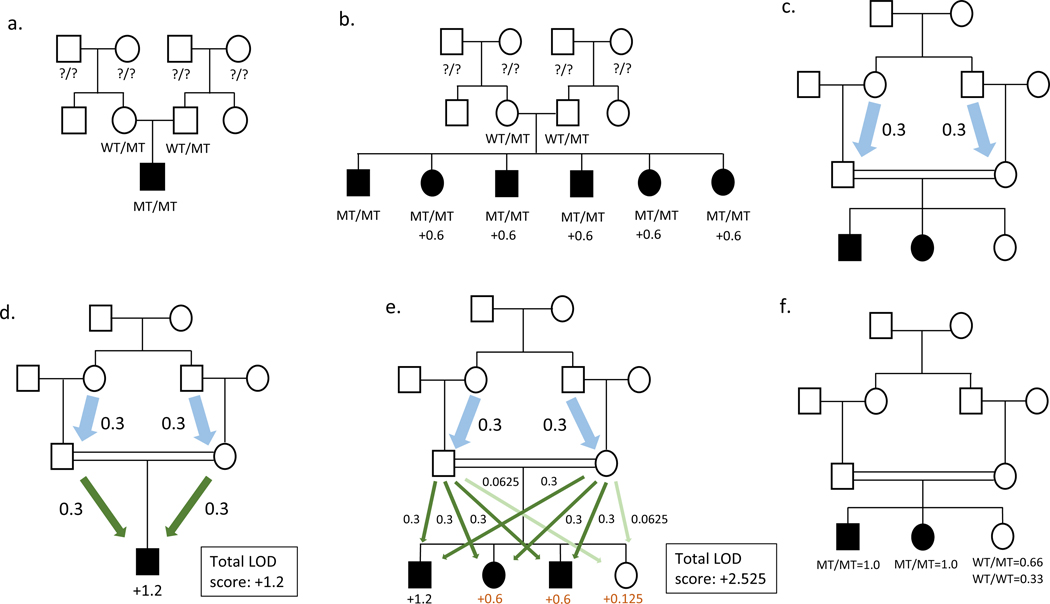Figure 3. Linkage analysis in ARNSHI pedigrees.
Solid symbols represent affected individuals, clear symbols represent unaffected individuals. Squares are males and circles are females. A double line between parents indicates consanguinity. (a). An outbred pedigree with a single affected child unphased and uninformative for linkage as it is unknown which grandparent is carrier of the variant. (b). A nuclear outbred pedigree showing affected children with carrier parents. In this case the first affected individual is uninformative, however each additional affected sibling can contribute a maximum of 0.6 to the LOD score, and 6 affected children are necessary to obtain a LOD score of 3.0. (c) Example of a pedigree providing information from meioses from the grandparents to the parents in a first-cousin union (blue arrows). Each informative meiosis provides a LOD score of 0.3 (d). Pedigree with one affected individual who is the offspring of a first-cousin mating. This pedigree will provide a LOD score of 1.2 due to the informative meioses from the grandparents to the parents (blue arrows) and the meioses from the parents to the affected child (green arrows). Each meiosis adds 0.3 to the LOD score. (e). Each affected child adds 0.6 (green arrows) to the LOD score and each unaffected child adds 0.125 (light green arrows) to the LOD score. (f). Pedigree showing the probability of the causal variant genotype of each child. The probabilities are not influenced by consanguinity.

